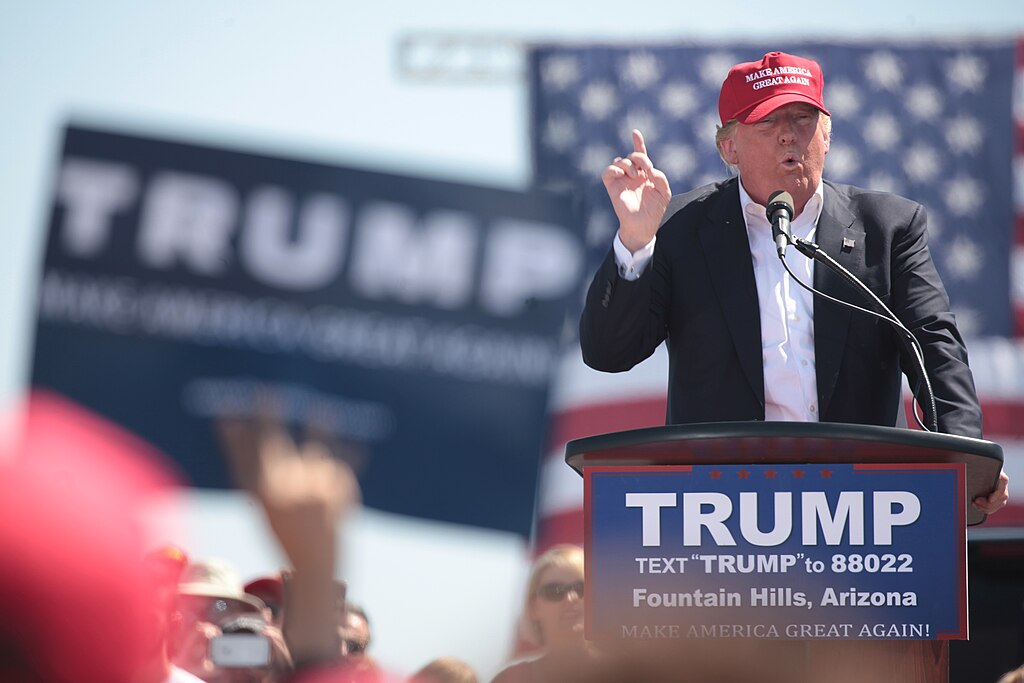Donald Trump’s administration is gearing up to tackle judicial reform in 2025, signaling significant changes to America’s legal and judicial landscape. The plan aims to enhance efficiency, curb judicial overreach, and address mounting criticisms of partisanship in federal courts. However, critics argue the initiative could further politicize the judiciary, raising questions about the separation of powers.
Streamlining Federal Court Operations
A central pillar of Trump’s judicial reform plan focuses on improving the efficiency of federal courts. The administration is proposing measures to reduce case backlogs, which have long hampered the judicial system. These include increased funding for hiring additional judges and court staff, as well as the adoption of advanced case management technologies.
Moreover, Trump’s plan introduces stricter timelines for court proceedings to minimize delays. Proponents argue that these steps will ensure swifter justice for litigants, particularly in civil cases. Critics, however, caution that imposing rigid deadlines may undermine the quality of judicial deliberation and fairness in complex cases.
In addition, the administration is exploring alternative dispute resolution mechanisms, such as mandatory arbitration for specific case types, as a means to reduce the caseload on federal judges. While these measures have garnered support from businesses and legal experts, civil rights advocates warn they could disproportionately disadvantage individuals in disputes against corporations.
Controversy Over Judicial Appointments
Trump’s judicial reform strategy also includes a renewed focus on judicial appointments, prioritizing candidates with conservative leanings. This effort builds on the administration’s track record of appointing a record number of federal judges during Trump’s first term. The goal is to solidify a judiciary that aligns with the administration’s vision of limited government and strict constitutional interpretation.
However, critics accuse Trump of undermining judicial independence by selecting judges based on ideology rather than qualifications. Legal scholars warn that this approach risks turning the judiciary into a partisan battlefield, eroding public trust in the courts.
Public reactions to this aspect of the reform have been deeply polarized. While supporters praise Trump’s commitment to judicial conservatism, opponents argue it could exacerbate existing divides and weaken the judiciary’s role as an impartial arbiter.
Netizens React to Judicial Reform Proposals
Trump’s judicial reform initiatives have ignited widespread debate on social media platforms, with users expressing both support and skepticism:
- @JusticeMatters: “Streamlining courts is great, but Trump’s appointments risk making the judiciary a political tool.”
- @ConstitutionalNow: “Finally! A president who’s taking judicial reform seriously. The courts need efficiency and accountability.”
- @LegalWatchdog: “More judges? Fine. But why only conservative ones? Justice should be fair, not ideological.”
- @RightWingVoice: “Trump’s reform ensures the Constitution is upheld. Liberals are just upset their grip on courts is weakening.”
- @ProgressiveLegal: “Mandatory arbitration sounds like a nightmare for consumers. This benefits corporations, not people!”
- @CitizenEqual: “Judicial reform is overdue, but Trump’s version feels more like a political power grab.”



 Trump to Impose Broad Reciprocal Tariffs on All Trade Partners
Trump to Impose Broad Reciprocal Tariffs on All Trade Partners  Netanyahu Pushes Disarmament of Hamas Amid Escalating Gaza Conflict
Netanyahu Pushes Disarmament of Hamas Amid Escalating Gaza Conflict  TikTok Nears U.S. Deal Ahead of April 5 Ban Deadline, Trump Confirms
TikTok Nears U.S. Deal Ahead of April 5 Ban Deadline, Trump Confirms  China Welcomes First Step Toward Russia-U.S. Peace Talks, Urges Continued Dialogue
China Welcomes First Step Toward Russia-U.S. Peace Talks, Urges Continued Dialogue  French Court Bars Marine Le Pen from 2027 Presidential Run over Embezzlement Conviction
French Court Bars Marine Le Pen from 2027 Presidential Run over Embezzlement Conviction  UK and US Advance Talks on Economic Prosperity Deal Ahead of Tariff Deadline
UK and US Advance Talks on Economic Prosperity Deal Ahead of Tariff Deadline  Trump’s DEI Ban Extends to French Firms With U.S. Government Ties
Trump’s DEI Ban Extends to French Firms With U.S. Government Ties  JD Vance Criticizes Denmark Over Greenland Security, Promotes U.S. Role
JD Vance Criticizes Denmark Over Greenland Security, Promotes U.S. Role  Trump Warns Iran of Bombing and Tariffs Over Nuclear Standoff
Trump Warns Iran of Bombing and Tariffs Over Nuclear Standoff  Trump Launches U.S. Investment Accelerator to Overhaul CHIPS Act Program
Trump Launches U.S. Investment Accelerator to Overhaul CHIPS Act Program  Trump Threatens Tariffs on Russian Oil Buyers Amid Frustration with Putin
Trump Threatens Tariffs on Russian Oil Buyers Amid Frustration with Putin  Cantor Analysts Urge Firing of RFK Jr. Over Anti-Vaccine Stance Amid HHS Shake-Up
Cantor Analysts Urge Firing of RFK Jr. Over Anti-Vaccine Stance Amid HHS Shake-Up  Japan's Finance Minister Emphasizes U.S. Coordination on Forex Stability
Japan's Finance Minister Emphasizes U.S. Coordination on Forex Stability  Albanese Seeks Talks with Trump as U.S. Tariffs Loom Ahead of Australian Election
Albanese Seeks Talks with Trump as U.S. Tariffs Loom Ahead of Australian Election  Greenland Strengthens Denmark Ties Amid Push for Independence
Greenland Strengthens Denmark Ties Amid Push for Independence  Zelenskiy Urges Strong Western Response After Deadly Russian Drone Strikes
Zelenskiy Urges Strong Western Response After Deadly Russian Drone Strikes  Finnish President Stubb’s Surprise Visit to Trump in Florida
Finnish President Stubb’s Surprise Visit to Trump in Florida 
































